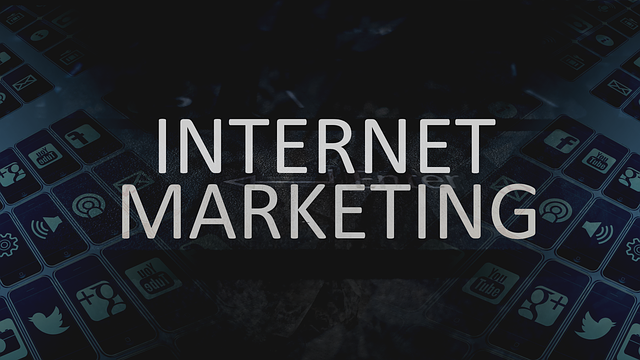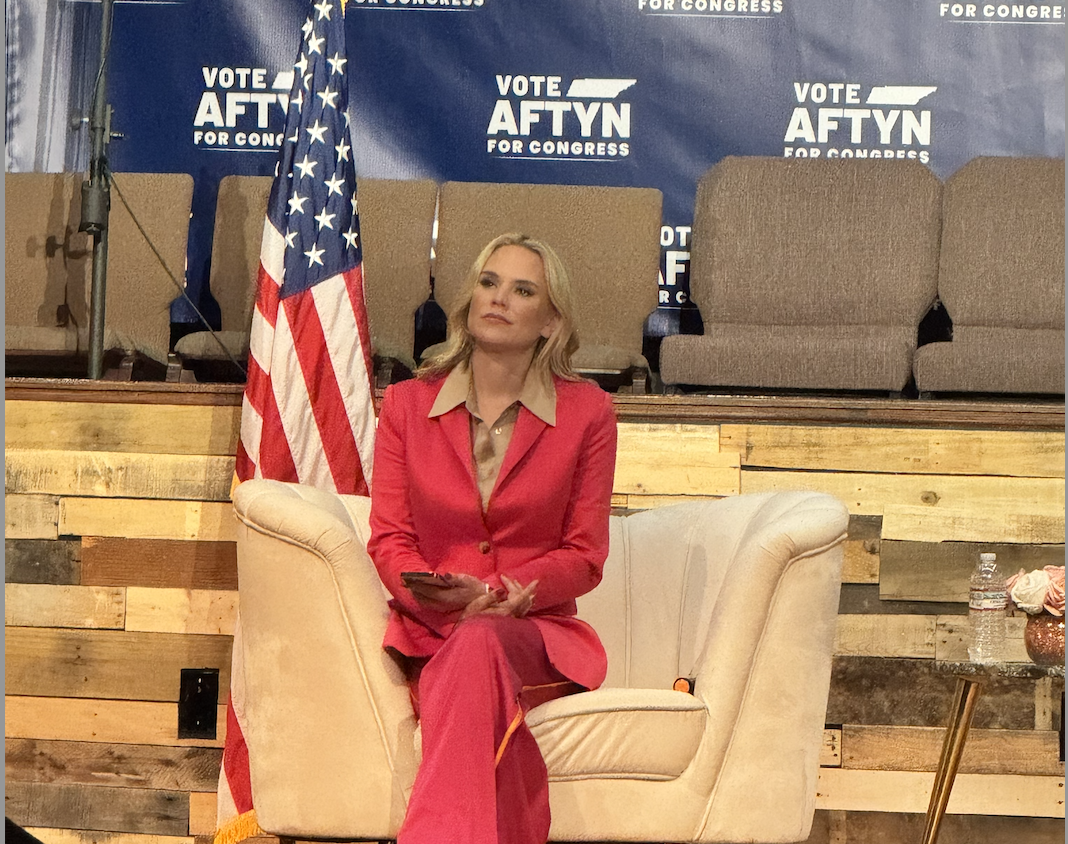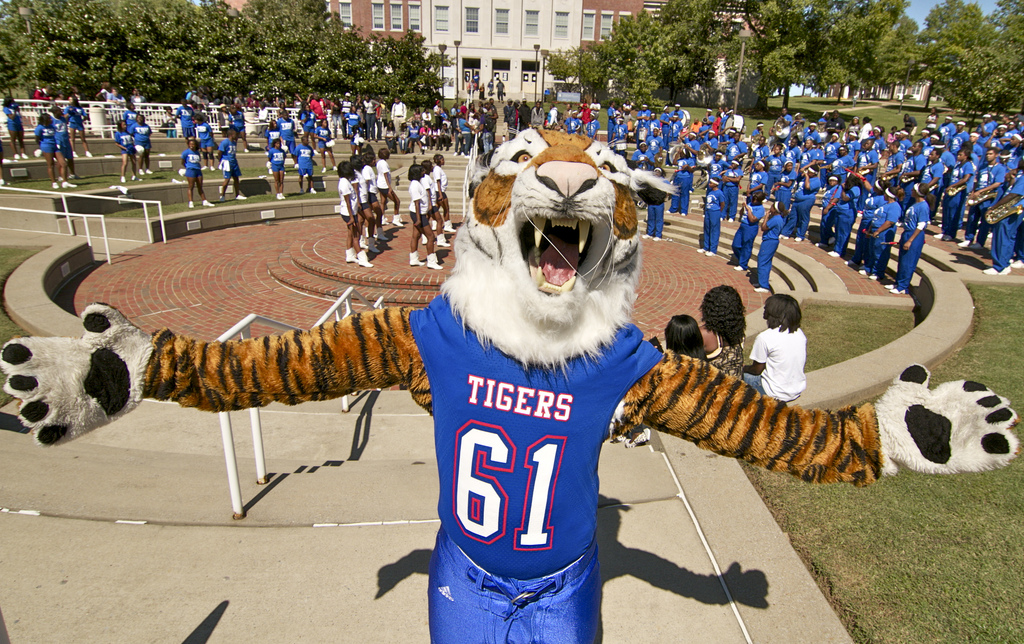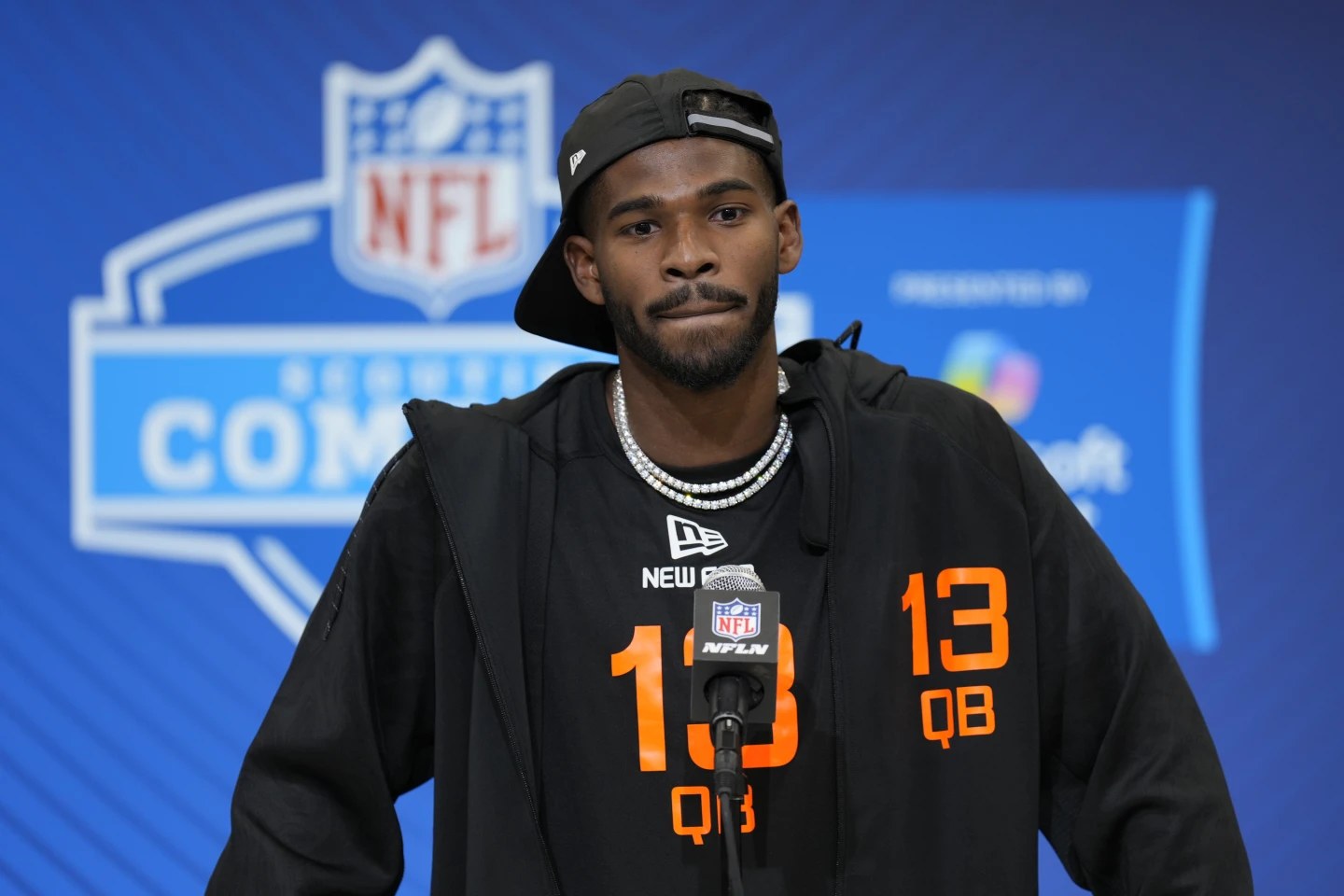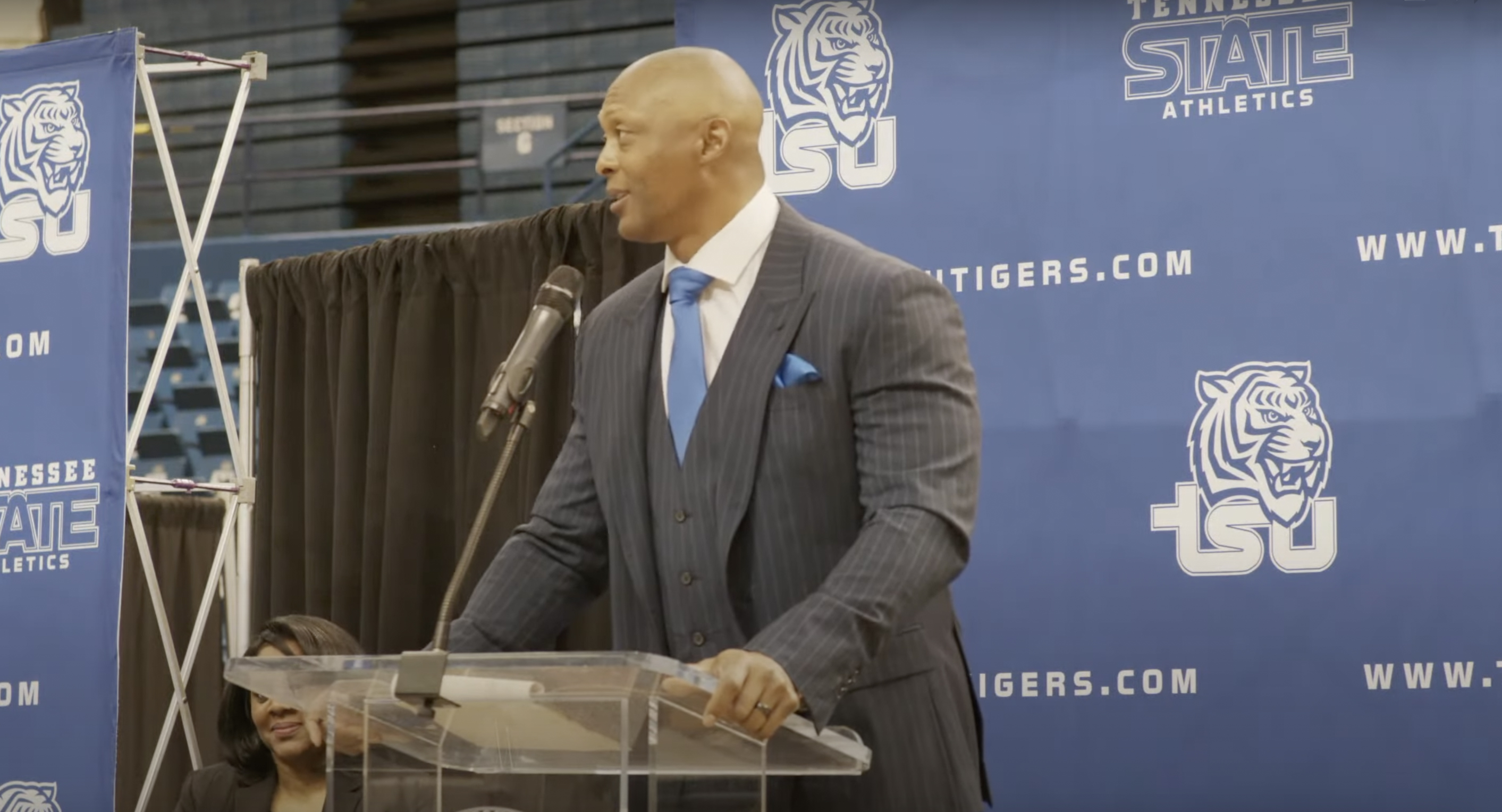By Jackson Helms
Every aspect of our lives has been shifted and changed by the coronavirus pandemic — ranging from mild intrusions to tectonic shifts. And this is true for both our private lives and the world of business. For instance, while digital marketing has always been a fast-changing field where trends don’t last long and you have to keep up, COVID-19 has made some monumental changes in the industry.
The fact that a huge portion of the global workforce has been working remotely for the better part of a year has certainly changed how customers behave, purchase things, hire services, and even fulfill their basic needs. With that, the digital marketing industry had to adapt as well.
Digital Is More Important Than Ever
Digital marketing has been outpacing and outperforming more analog means of advertising for decades now; the former has been steadily rising while the latter has been declining. But the COVID-19 pandemic has quickened the pace of this process rapidly. While all retail businesses use digital marketing as a tool to stand out as well, it has always been more crucial for e-commerce efforts — and with online orders becoming the norm overnight, this type of marketing has gained a new level of significance.
Budgetary Issues
One of the most devastating consequences of this pandemic has been that many usually powerful industries have experienced substantial budget cuts. And this has been especially painful for brands that were in the process of transitioning online and establishing a presence on the Internet.
Digital marketing needs money to make money — it’s as simple as that. This is particularly true for paid ads, though organic content needs a sizable budget as well, just stretched out over a longer period. Still, one thing is certain — COVID-19 has forced both brands and digital marketing companies to do more with less. Companies have found that more specific consumer targeting beforehand has been a great way of offsetting bigger budget constraints when it comes to pay-per-click campaigns.
Visuals
One of the things that many people have not thought about regarding digital marketing and the pandemic is the changed visual imagery that we use in our advertisements nowadays. You’ve probably heard of the phrase “new normal” to describe the current state of affairs, but also the way things will be after a vaccine is found. This is a very vague but precise expression — while many things will return to normal, some will be changed for a long time.
What this means for digital marketing is that you can’t use some of the iconography and visual expressions that used to be acceptable. For instance, if you’re designing an online video ad for a product, showing a group of friends hugging each other or simply being very physically close to one another is not appropriate in 2020. Something as simple as a hug can be deemed in bad taste.
While hugging will undoubtedly make a comeback at some point, we don’t know if that will take months or years. And in the meantime, digital marketers will have to avoid some familiar things and introduce new ones. You can imagine how many stock images of people with masks have been sold online this year, for example.
Social Media
Social media marketing has become one of the most valuable branches of marketing in the previous decade. However, while most of the more prominent brands have realized the importance of being present on social networks, you’d be surprised at the number of small business owners who haven’t adapted to this change on time, particularly among the older population of entrepreneurs.
However, all of that has changed with the appearance of COVID-19. Local mom and pop shops that were used to physical interactions with their customers have suddenly been left with no choice but to use all of the online tools at their disposal, just like teachers in schools across the globe had to learn how to conduct their work online.
When you can’t interact with your consumer base in real-time, you need to do it online. And we’re not just talking about advertising new services. In the fast-changing epidemiological landscape of COVID-19, local open hours and business policies have changed continuously and adapted to new government guidelines. In that situation, business owners have had to communicate changes to their user base, often through formats like small paid ads.
Personalization
The goals of digital marketing can be distilled into two main purposes — obtaining new customers and retaining old ones. And every company regularly decides which of the two to prioritize, based on a vast variety of factors. However, COVID-19 has, at least for now, radically changed this balance in favor of customer retention.
By now, it’s clear just how badly this crisis has impacted the world’s economy, and thus our own as well. Millions of people are out of work, and even with government subsidies, a considerable number of businesses had to close down for good. Many small business owners who had no runway of emergency funds to burn through just couldn’t stay open. For those who managed to stay afloat, the prospect of growing their business with new customers seemed ridiculously distant. More than ever before, it has become essential to keep the customers that you already have.
In that situation, showing a personalized approach to customer relations has become incredibly critical. The smartest business owners and marketers have realized that showing empathy and genuine concern for their user base would be the biggest priority now, even compared to short-term revenue.
Author bio
Jackson Helms has been working as a freelance blogger for over five years, writing on the topics of SEO and digital marketing. Although he started blogging as a hobby, it has now evolved into a career, and Jackson hopes to start his own business in the near future.

